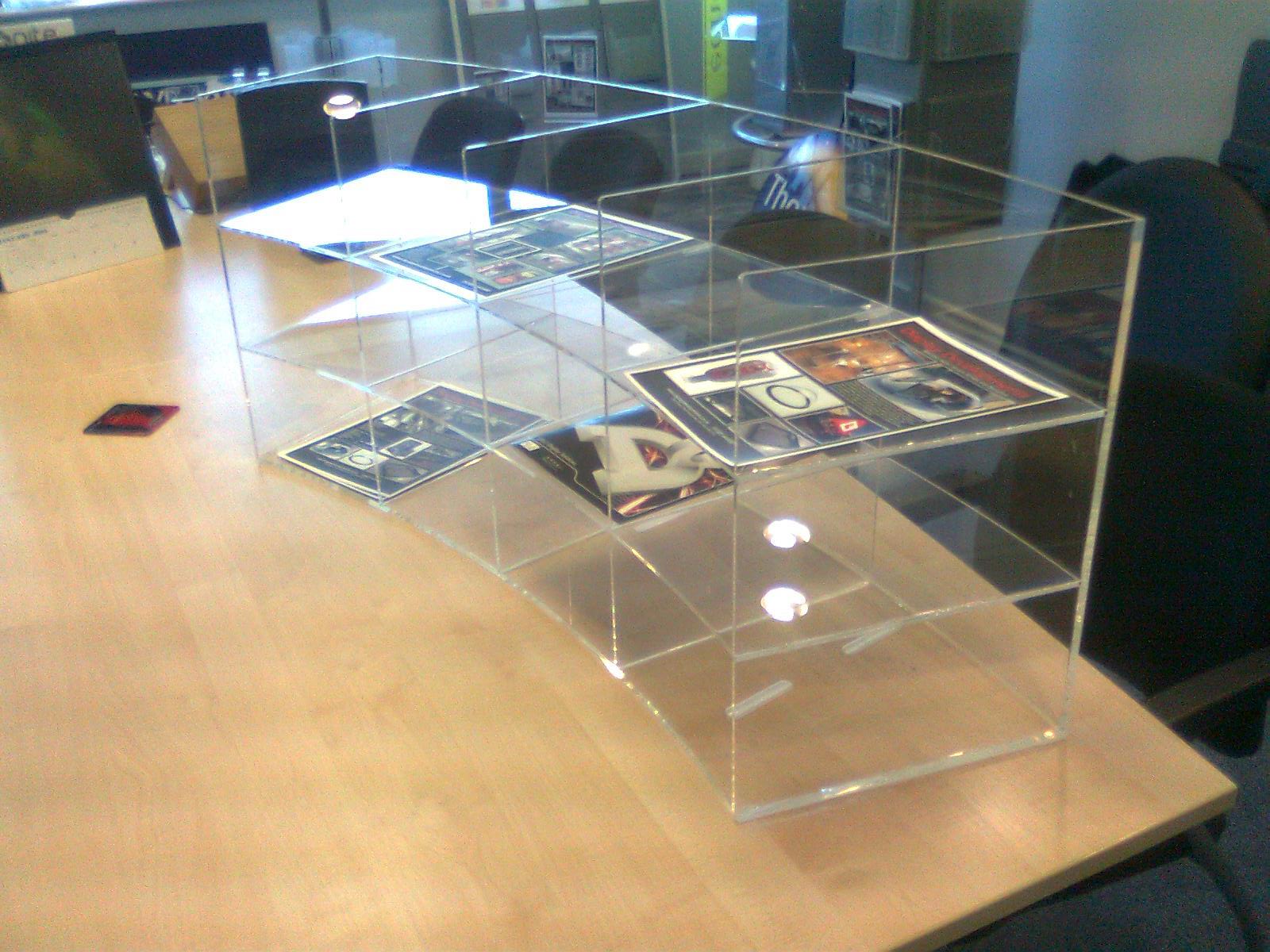Most small retail premises will use point of sale displays in some way: look around in any high-street shop, particularly those which are part of a big chain or a recognisable brand and you’re almost certain to see a few well-placed point of sale displays. If you’ve never noticed them before, when you start your own small business you’ll be sure to spot them: suddenly, you’re part of the challenging world of retail, and the science of display is part of your working day. Take note of how the big brands use point of sale displays: where they place them, which items they’ve chosen to try and move, and how imagery, product and position work together.
It’s time for your premises to take on the big boys: what the chains lack is the creativity and individuality which comes from running a local shop as a local who knows their market. Use every customer who walks through your door as a market research subject, observe their habits, their movements and their eyeline, and make your displays better using this simple trick: it isn’t all about the sales.

Space invaders
Your point of sale displays can be used as part of your shop-floor furniture: not just to sell, but to break up spaces, form part of your walk-through pattern, and direct your customers’ feet. Don’t just think about selling a few extras bits and bobs on the way to the door: think about getting every customer to walk a certain path, regardless of what they came in for, and inviting them to register at least fifty items on your shelves as they do so. Taller, more solid point of sale displays will create physical as well as visual barriers: use them to develop a path to the tills which establishes several ‘zones’ to maximise product exposure.
Stock control
A neutral point of sale display rather than a promotional one which comes pre-branded may be more expensive, but it’s worth keeping one lying around. You should be changing your till-side displays frequently, to encourage frequent shoppers to look again and buy again every time they come through your tills. Now and then, particularly if you sell seasonal or perishable products, you may find yourself with a stock control issue: maybe you’ve got too many of something that’s going out of date or becoming outdated, or just getting a bit tatty and faded on the shelf. Before you take the hit and reduce prices, jazz up a neutral display and set them up in a new location to encourage customers to see old stock with fresh eyes.
Getting connected
Your point of sale displays can also be used to advance your brand. Instead of thinking about sales potential, walk around your store and look at how your displays talk about your brand. Do they say ‘affordable’, or ‘quality’? ‘Down-to-earth’ or ‘high-end’? Make sure your branding comes through loud and clear, using images, tone, font and colour scheme, and consider using any extra space to encourage customers to connect with your online presence too.
Author bio
The author is a business blogger working in retail, who writes about small business ownership and the British high street. She uses the Display Developments website to design the perfect display and compare prices.







